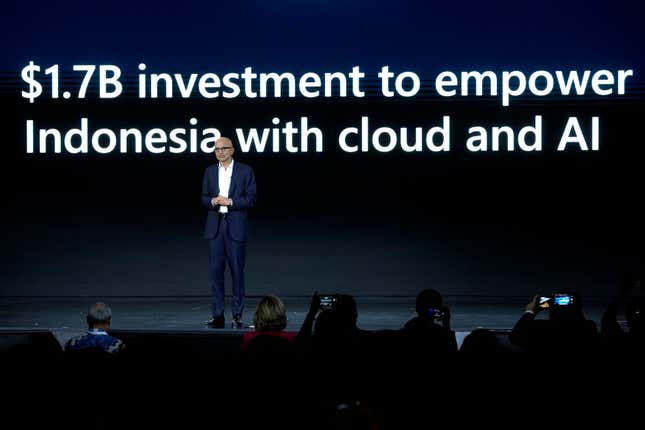In a landscape where technological advancements often dictate the trajectory of innovation, Apple finds itself at the precipice of a pivotal decision regarding its flagship iPhone series. As companies pivot towards integrating AI-powered functionalities into their devices, Apple may be reluctantly conceding to market pressures by purportedly enhancing the RAM and storage capacities of its upcoming iPhone 16. Amidst reports suggesting an imminent departure from its traditional approach to hardware specifications, the tech giant is poised to navigate a delicate balance between maintaining its brand identity and adapting to evolving consumer expectations.
Apple’s shift in hardware focus – Rumors and contradictions
Amidst the bustling realm of smartphone competition, where each iteration strives to outshine its predecessor, the narrative of innovation often revolves around incremental upgrades in camera prowess or processing speeds. However, as the tides of technological evolution ebb and flow, a new protagonist emerges on the scene — artificial intelligence. With rivals such as Google and Samsung swiftly embracing AI-powered features, Apple finds itself compelled to traverse a similar path in order to remain relevant in an increasingly competitive landscape.
Recent murmurs within the tech sphere initially suggested that Apple’s iPhone 16 would tread familiar ground, maintaining comparable RAM capacities to its predecessors. However, whispers of dissent soon permeated the airwaves, challenging this notion with assertions of a potential departure from convention. Leaker @Tech_Reve’s revelations, fueled by insights from a Korean securities firm, paint a contrasting picture, hinting at an impending augmentation of both RAM and storage within the iPhone 16 lineup.
The dilemma of On-device AI – Exploring alternative pathways
As the curtain rises on Apple’s deliberations regarding the hardware specifications of its forthcoming flagship device, the looming question of necessity casts a shadow over the discourse. With on-device AI poised to assume a pivotal role in the user experience, the justification for such enhancements comes under scrutiny. In a landscape where cloud-based AI solutions offer a viable alternative, the imperative for bolstered RAM and storage capacities begs further exploration.
In the wake of escalating speculation surrounding Apple’s purported hardware upgrades, an alternative narrative emerges, challenging the inevitability of such enhancements. Recent reports hint at the tech giant’s potential collaboration with industry counterparts, including OpenAI, Google, and China’s Baidu, in a bid to harness the collective prowess of AI expertise. This strategic maneuver, while indicative of Apple’s willingness to adapt, raises intriguing possibilities regarding the future trajectory of AI integration within the iPhone ecosystem.
As the countdown to the unveiling of the iPhone 16 ensues, the conundrum surrounding the necessity of increased RAM and storage capacities persists. While competitors pivot towards bolstering hardware specifications to accommodate the demands of on-device AI, lingering questions regarding the efficacy of such enhancements linger in the air. As consumers await the dawn of a new era in smartphone innovation, one cannot help but ponder: If data centers will indeed shoulder the burden of AI processing, does the iPhone 16 truly necessitate a substantive overhaul in its hardware architecture?





